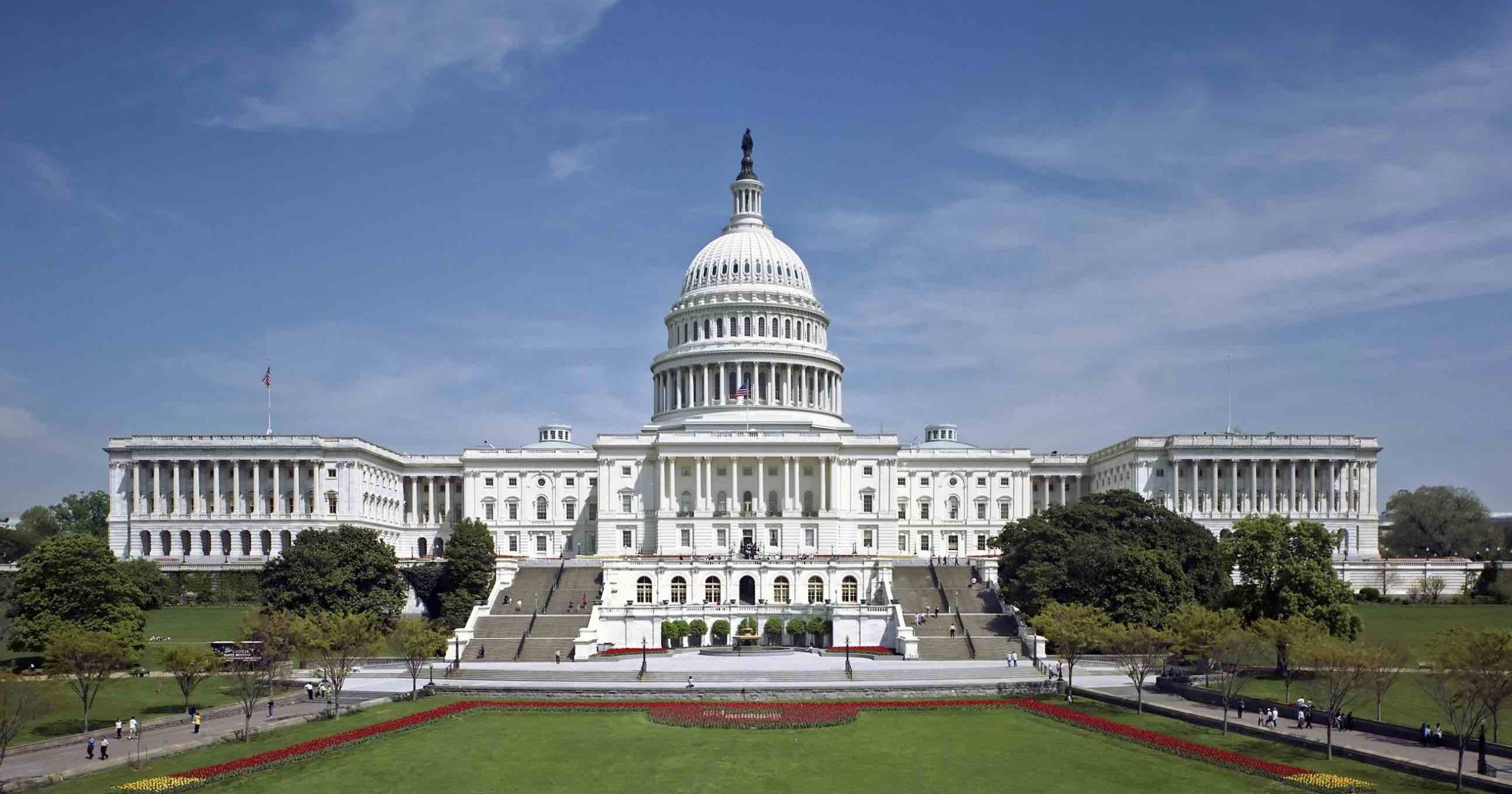After months of teasing a new U.S. regulatory entity focused on crypto, U.S. Senators Cynthia Lummis (R-WY) from the Senate Banking Committee and Kirsten Gillibrand (D-NY) from the Senate Agriculture Committee introduced bipartisan legislation on Tuesday.
While the 69-page bill doesn’t address NFTs, it does provide crucial information that will help determine whether a token is considered a ‘commodity’ rather than a ‘security.’
Defining ‘digital assets’ and ‘virtual currencies’
In its current form, Lummis’ and Gillibrand’s bill defines a ‘digital asset’ as a natively electronic asset that confers economic or proprietary access rights or powers and includes virtual currency and payment stablecoins.
The bill later goes on to define “virtual currency” as a digital asset that is used “primarily” as a medium of exchange, unit of account or a store of value and is not backed by an underlying financial asset.
Most crypto will be ‘commodities’
The 69-page bill, dubbed the ‘Responsible Financial Innovation Act’ encourages “responsible innovation,” where the majority of crypto markets would fall under the purview of the Commodity Futures Trading Commission (CFTC) — rather than the rigorous expectations and reporting requirements of the SEC.
However, it still leaves a broad array of tokens under the SEC’s oversight. The bill’s language designates digital currencies as “ancillary assets” or intangible, fungible assets that are offered or sold in tandem with a purchase and sale of a security. Under U.S. law and the jurisdiction of the CFTC, these ancillary assets would be treated as “commodities.”
Aides to Sens. Lummis and Gillibrand also said that the bill treats all digital assets as “ancillary” unless they behave like a security that a corporation would typically issue to investors to build capital — such as dividends, liquidation rights or a financial interest in the issuer.
Companies can register as ‘digital asset exchanges’
While the bill attempts to regulate ‘digital asset exchanges’, distinguishing a ‘centralized’ and ‘decentralized’ exchange — it fails to actually define what a ‘digital asset exchange’ is.
One attorney presented the hypothetical of whether a decentralized platform under these purposes is an automated market maker (AMM), liquidity pool, or the front-end. Brandon Ferrick, general counsel at Injective Labs identified what he believes is an “internal inconsistency” pointing to the inability of creators to single-handedly change or influence the project or organization they had made.
“So in the case of a decentralized platform here, if the law requires that the platform only lists certain…tokens, if the person who created it and released it no longer retains the power to comply with that law, you’re going to 100% fail every time…it reflects a misunderstanding of what’s happening with the underlying technology,” he told The Defiant.
Stablecoin providers must publicly disclose their reserves
Earlier this week, the New York State Department of Financial Services released new rules for licensed cryptocurrency firms that issue stablecoins, calling for reserve requirements and monthly independent audits, which could affect current holders of the state’s BitLicense holders.
New York’s landmark crypto regulation, BitLicense, which was first introduced in 2015, allows a company to conduct Virtual Currency Business Activity involving New York or a New York Resident.
However, under Lummis’ and Gillibrand’s bill, stablecoin providers will be required to publicly disclose their reserves and be 100 percent backed by cash with regular audits. This could present questions for Circle and Tether, two of the largest stablecoin issuers, which recently revealed their products were backed by a combination of cash, cash-like products, short-term securities, and commercial paper.
Full-time audits, according to Lummis, would be an industry first for stablecoins.
While the bill won’t get much traction until closer to 2023, given the upcoming November midterm elections, it will still set the stage for pushing stronger regulatory action.
Given the size and complexity of the bill, lawmakers could be put into a position to analyze and pass it in its individual components, including amendments to the bill that speak directly to NFTs.




